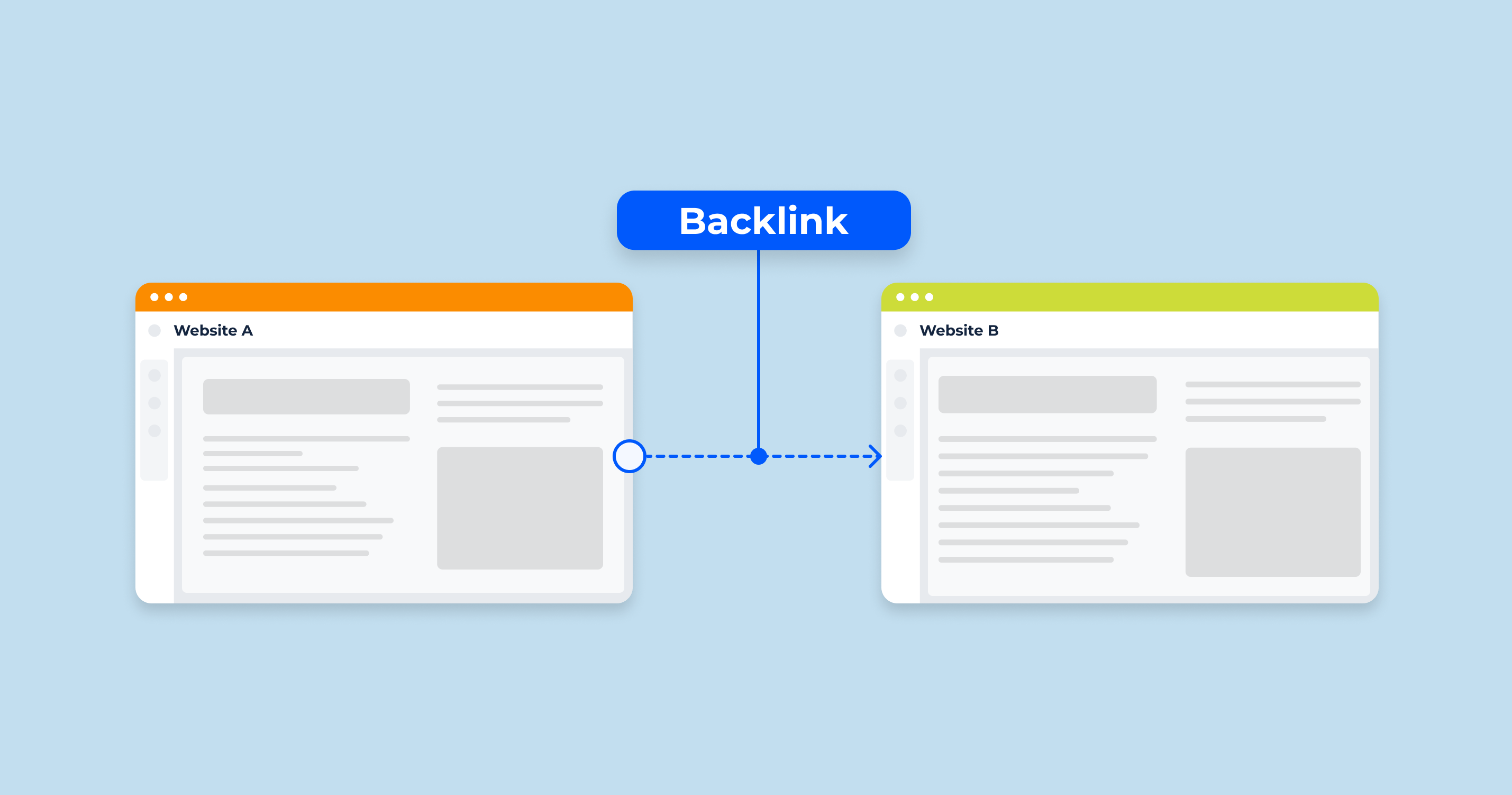How To Find Backlinks For A Website: A Beginner’s Guide To Boost Your SEO Game
Alright folks, let’s get real here. If you’re reading this, chances are you’re looking for ways to level up your website’s SEO game. And guess what? Backlinks are like the secret sauce that can make or break your online presence. How to find backlinks for a website is not as complicated as it seems, but it does take some strategy and effort. So, buckle up because we’re diving deep into the world of backlink discovery, and I promise it’ll be worth your time.
Now, before we jump into the nitty-gritty, let’s clear something up. Backlinks aren’t just random links pointing to your site. They’re like digital votes of confidence from other websites saying, “Hey, this content is legit and valuable.” And Google loves legit and valuable content. So, if you want to rank higher in search results, understanding how to find backlinks for your website is crucial.
But here’s the thing: it’s not just about quantity. Quality matters—a lot. Think of it this way: would you rather have 100 backlinks from random blogs no one has ever heard of, or one solid backlink from an authority site like Forbes or Entrepreneur? Exactly. Let’s explore how to find those quality backlinks and make them work for you.
- Brittany Henry The Rising Star In The Entertainment World
- Funk Up Town The Ultimate Guide To Groovy Urban Vibes
Why Backlinks Are the Kingmakers of SEO
Backlinks are more than just links; they’re the backbone of your website’s SEO performance. Think about it like networking in real life. If influential people vouch for you, others are more likely to trust and engage with you. Same deal here. When authoritative websites link to yours, search engines see it as a sign of credibility. This boosts your domain authority (DA) and helps you rank higher for relevant keywords.
But why exactly do backlinks matter so much? Well, Google uses backlinks as one of its ranking factors. It’s like their way of saying, “If other reputable sites trust this content, it must be good.” Plus, backlinks drive referral traffic to your site, which is always a win-win situation. So, mastering how to find backlinks for a website is key if you want to stay ahead in the digital game.
What Are Backlinks and How Do They Work?
Let’s break it down. Backlinks, also known as inbound links or incoming links, are hyperlinks on other websites that point to your site. For example, if someone writes an article about the best SEO practices and links to your blog post about backlink strategies, that’s a backlink for you. Simple, right?
- Tretro Bowl Unblocked The Ultimate Guide To Retro Gaming Fun
- Mission To Mars Humanitys Leap Into The Red Planet
But here’s the kicker: not all backlinks are created equal. A backlink from a high-authority site carries more weight than one from a low-authority site. Additionally, the relevance of the linking site matters. If you run a fitness blog, a backlink from a health magazine will carry more value than one from a random tech blog.
Tools You Need to Find Backlinks
Alright, let’s talk tools. If you’re serious about finding backlinks for your website, you need the right gear. Here are some of the best tools to help you on this journey:
- Ahrefs: This is a powerhouse tool for backlink analysis. It gives you detailed insights into your backlink profile and even lets you spy on your competitors.
- Moz Pro: Moz is another popular choice for SEO professionals. It offers a comprehensive suite of tools, including backlink tracking and site audits.
- Semrush: Semrush is great for competitive analysis. You can use it to discover backlinks your competitors have that you don’t.
- Google Search Console: While not as advanced as the others, Google Search Console provides free insights into your site’s performance, including backlink data.
These tools aren’t just fancy gadgets; they’re your secret weapons in the battle for better SEO. Use them wisely, and you’ll be unstoppable.
How to Analyze Your Current Backlink Profile
Before you start hunting for new backlinks, it’s important to know where you stand. Analyzing your current backlink profile helps you identify strengths and weaknesses. Here’s how you can do it:
Step 1: Use a Backlink Analysis Tool
Fire up Ahrefs, Moz, or Semrush and plug in your website URL. These tools will give you a detailed report of all the backlinks pointing to your site. Look for metrics like:
- Domain Authority (DA): How authoritative are the sites linking to you?
- Referral Traffic: How much traffic are these backlinks driving to your site?
- Anchor Text: What words or phrases are being used in the links?
Step 2: Identify Toxic Backlinks
Not all backlinks are good for you. Some can actually harm your SEO efforts. Toxic backlinks come from spammy or low-quality sites. To clean up your profile, use Google’s Disavow Tool to remove harmful links.
Pro tip: Regularly monitor your backlink profile to catch toxic links early.
Competitor Analysis: Who’s Linking to Them?
Your competitors might already have a solid backlink strategy in place. Why reinvent the wheel when you can learn from them? Here’s how to spy on their backlinks:
- Use tools like Ahrefs or Semrush to analyze your competitor’s backlink profile.
- Look for high-quality backlinks they have that you don’t.
- Reach out to those sites and pitch your content as an alternative or addition.
Remember, this isn’t about copying what they do. It’s about finding opportunities to improve your own strategy.
Strategies to Find Backlinks for Your Website
Now that you know the basics, let’s talk strategies. Here are some effective ways to find backlinks for your website:
1. Create High-Quality Content
This one’s a no-brainer. If your content is valuable, people will naturally want to link to it. Focus on creating in-depth guides, case studies, and infographics that solve real problems for your audience.
2. Guest Posting
Guest posting is a classic strategy for building backlinks. Find relevant blogs in your niche and offer to write a guest post. Just make sure the site has high authority and a solid audience.
3. Broken Link Building
This involves finding broken links on other websites and suggesting your content as a replacement. It’s a bit time-consuming, but it works wonders.
4. Skyscraper Technique
Popularized by Brian Dean of Backlinko, the Skyscraper Technique involves finding popular content in your niche, creating something even better, and reaching out to the sites that linked to the original piece.
Common Mistakes to Avoid
As with anything in life, there are pitfalls to watch out for. Here are some common mistakes to avoid when finding backlinks:
- Buying backlinks from shady sources. Google frowns upon this, and it can get you penalized.
- Overusing keyword-rich anchor text. This can look spammy and harm your SEO efforts.
- Ignoring broken links. A site with too many broken links can hurt your credibility.
Stay on the right side of Google’s guidelines, and you’ll be fine.
Measuring the Success of Your Backlink Strategy
How do you know if your backlink efforts are paying off? Measure the right metrics. Keep an eye on:
- Traffic Increase: Are you getting more visitors from referral sources?
- Rank Improvements: Are you climbing the search engine ranks for your target keywords?
- Domain Authority: Is your DA improving over time?
Regularly reviewing these metrics will help you refine your strategy and achieve better results.
Advanced Tips for Backlink Discovery
Ready to take things to the next level? Here are some advanced tips for finding backlinks:
1. Use Social Media for Outreach
Social platforms like LinkedIn and Twitter are great for connecting with influencers and potential link partners. Engage with their content and build relationships before pitching your own.
2. Monitor Brand Mentions
Tools like Mention or Google Alerts can notify you when someone talks about your brand online. If they mention you but don’t link to you, politely ask them to add a backlink.
3. Collaborate with Influencers
Influencer marketing isn’t just for social media. Partner with influencers in your niche to co-create content that includes backlinks to your site.
Final Thoughts: Take Action Today
So, there you have it. Finding backlinks for your website doesn’t have to be a daunting task. With the right tools, strategies, and mindset, you can build a strong backlink profile that boosts your SEO performance. Remember, consistency is key. Keep creating great content, reaching out to potential link partners, and monitoring your results.
Now, here’s your call to action: don’t just sit there. Go out and start implementing these strategies today. And if you found this article helpful, drop a comment below and share it with your friends. Together, let’s take our SEO game to the next level!
Table of Contents
- Why Backlinks Are the Kingmakers of SEO
- What Are Backlinks and How Do They Work?
- Tools You Need to Find Backlinks
- How to Analyze Your Current Backlink Profile
- Competitor Analysis: Who’s Linking to Them?
- Strategies to Find Backlinks for Your Website
- Common Mistakes to Avoid
- Measuring the Success of Your Backlink Strategy
- Advanced Tips for Backlink Discovery
- Final Thoughts: Take Action Today



Detail Author:
- Name : Dr. Modesto Marks
- Username : maribel30
- Email : lilyan00@hotmail.com
- Birthdate : 1991-10-12
- Address : 1275 Noemi Inlet Apt. 831 New Jacinthemouth, NH 32330-6058
- Phone : 726.673.5298
- Company : Satterfield Group
- Job : Mapping Technician
- Bio : Eveniet excepturi vero sed qui. Ea temporibus aut ad vero repellat. Ut veritatis sint ut aut vel voluptatem exercitationem. Repellendus consequatur est laborum non.
Socials
facebook:
- url : https://facebook.com/bruenk
- username : bruenk
- bio : Rerum odit aliquid in quam consequatur magnam. Soluta omnis sed ratione cumque.
- followers : 167
- following : 681
linkedin:
- url : https://linkedin.com/in/krisbruen
- username : krisbruen
- bio : Sit veritatis laudantium illo.
- followers : 3768
- following : 313